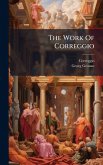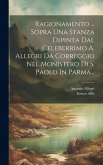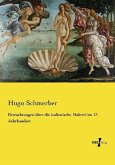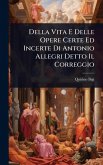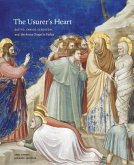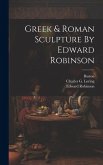No other artist active beyond the main centers of the Italian Renaissance rivals the achievements of Correggio (1489-1534). Long acknowledged yet persistently understudied, Correggio's art remains elusive within dominant accounts of the period. This book offers a new perspective on the painter's major works, showing how they articulate the cultural, social, and political dynamics of northern Italy while transforming prevailing notions of image-making. In this long-awaited study, Giancarla Periti reconsiders both the central subjects and the margins of Correggio's paintings, revealing borders as active sites where narratives unfold beyond the frame, engaging space and beholder in unprecedented ways. This book attends closely to the facture of Correggio's pictures; his experiments with pigments, supports, and surfaces; and his refined blending of brushstrokes, light, and color. These choices generated striking sensory effects that invite viewers into tactile, optical, and even auditory experiences. At the same time, Correggio emerges as a self-aware artist, deeply engaged in contemporary theoretical debates and in shaping an artistic persona that matched his technical and imaginative daring. By foregrounding Correggio's agency and experimentation, this book complicates traditional readings of Renaissance art and expands the geography of artistic modernity beyond Rome, Florence, and Venice. It will be of particular interest to scholars of early modern Italian art and culture, students of the Renaissance, and readers drawn to the innovations of Old Master painting.
Bitte wählen Sie Ihr Anliegen aus.
Rechnungen
Retourenschein anfordern
Bestellstatus
Storno


